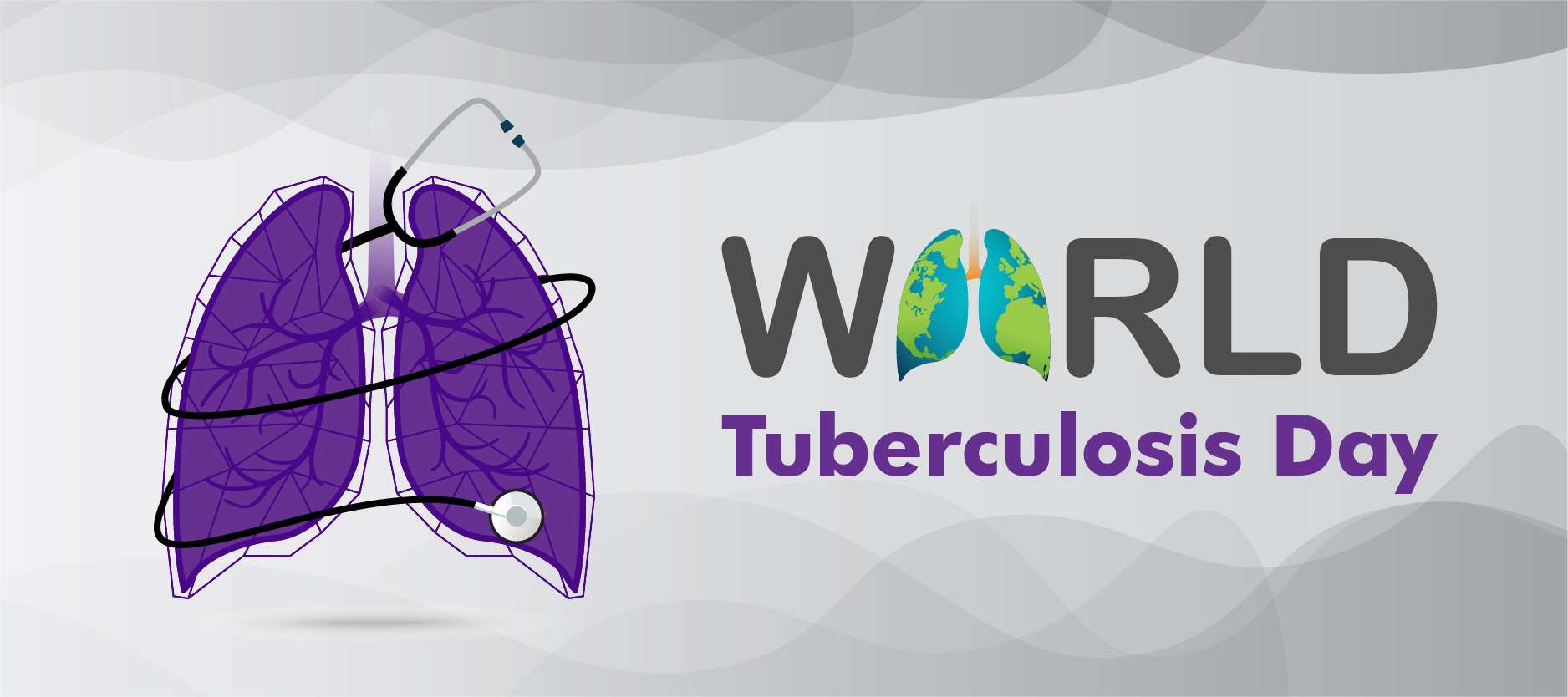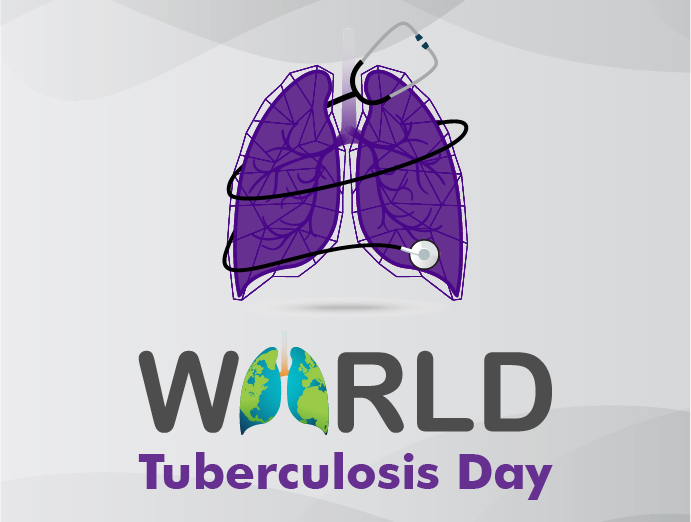Subscribe to our newsletter and receive exclusive offers every week
Thank you for Subscribe.
Adipur
Ahmedabad
Balotra
Bhavnagar
Bhuj
Botad
Dakor
Deesa
Gandhidham
Gandhinagar
Godhra
Halol
Himmatnagar
Indore
Jaipur
Jamnagar
Jodhpur
Kadi
Kalol
Khambhat
Kudasan
Lunavada
Mahuva
Mansa
Mehsana
Modasa
Nadiad
Navsari
Palanpur
Patan
Petlad
Rajkot
Ratlam
Sanand
Surat
Udaipur
Una
Vadodara
Accuris B+ve Basic Full Body Checkup
Accuris B+ve Platinum Full Body Health Checkup
Accuris B+ve Full Body Checkup for Senior Citizen (Female)
Accuris B+ve Queen Full Body Checkup


Tuberculosis is the ongoing battle against one of humanity's oldest and deadliest diseases. Mycobacterium tuberculosis infection is the 9th leading cause of death worldwide.
Tuberculosis (TB) continues to pose a significant global health threat, affecting millions of people worldwide. Stay with this blog as we discuss the various aspects of tuberculosis, including its types, causes, signs and symptoms, risk factors, prevention, diagnosis, treatment and government initiative for TB, and the importance of raising awareness to overcome this persistent health challenge.
Understanding Tuberculosis
What is Tuberculosis?
Tuberculosis is a bacterial infection. It caused by Mycobacterium tuberculosis. It primarily affects the lungs but can also target other parts of the body organ, such as the kidneys, spine, and brain. TB spreads through the air when an infected person coughs or sneezes, releasing bacteria-containing droplets that can be inhaled by others nearby.
Types of Tuberculosis
Tuberculosis not only affects lungs but also other organs. Hence broadly it can be categorized as:
Signs and Symptoms of Tuberculosis
Pulmonary Tuberculosis:
Extrapulmonary Tuberculosis:
This type of tuberculosis affects organs other than the lungs. This is called extrapulmonary tuberculosis. Symptoms vary from person to person from to point of infection site:
Latent TB infection:
Latent TB infection typically follows primary infection. During this stage, the immune system encapsulates TB germs within the infected tissue, preventing further harm if kept under control. However, the germs persist without causing symptoms. E.g.: Gastrointestinal, Spine etc.
Main Causes of Tuberculosis Infection
Preventing Tuberculosis
Prevention is crucial in controlling the spread of tuberculosis. Key preventive measures include:
Diagnosing Tuberculosis
Diagnosing tuberculosis is a complicated process and it will take a series of tests. A doctor first checks a patient's history and background to see if he or she was exposed to the infection. Then he suggests a series of the tests according to the symptoms to confirm the disease. Following tests suggested if your doctor suspects a TB infection.
Diagnosis divided in two parts
Direct test:
Indirect test:
TB screening is essential for high-risk individuals in healthcare settings and communities with limited access to care. Methods include symptom checks, chest X-rays, and rapid molecular tests like TB GeneXpert and MTB PCR.
Tests for TB infection - tuberculin skin test (TST, such as the Mantoux test) and interferon- gamma release assay (IGRAs) - are not used for the screening of TB disease.
Treatment of TB
Effective treatment of TB typically involves a combination of antimycobacterial drug taken for several months. It's essential to complete the entire course of treatment to prevent drug resistance and recurrence of the disease like MDR or XDR TB. Killing the bacteria is not an easy task; it requires complete medication for up to 9 months and parallel testing to check the viral load.
If the patient is in the latent stage, they may require a few medications, whereas if the patient is in the active infection period, the treatment regimen may be different. If the patient's report shows drug resistance to first-line drugs, the doctor may suggest second-line drugs.
Government Initiative for TB
Under the National TB Elimination Programme (NTEP), the government provides free diagnostics and medicines for TB patients. The Nikshay Poshan Yojana, launched in 2018, offers TB patients Rs. 500 monthly nutritional support until treatment completion.
However, achieving TB elimination requires community participation. Hence, the Ministry of Health & Family Welfare initiated the ‘Pradhan Mantri TB Mukt Bharat Abhiyaan’ (PMTBMBA) campaign, encouraging community involvement. Nikshay-Mitras, including individuals, NGOs, and corporations, support TB patients with nutritional supplements, investigations, and vocational aid for at least six months. Launched nationwide by the Hon’ble President on
September 9, 2022, PMTBMBA aims to enhance TB care and move closer to elimination goals.
Conclusion
In conclusion, despite advancements in diagnosis, treatment, and government initiatives, tuberculosis remains a significant global health threat. Efforts to combat TB require a multifaceted approach, including prevention, early diagnosis, effective treatment, and community involvement.